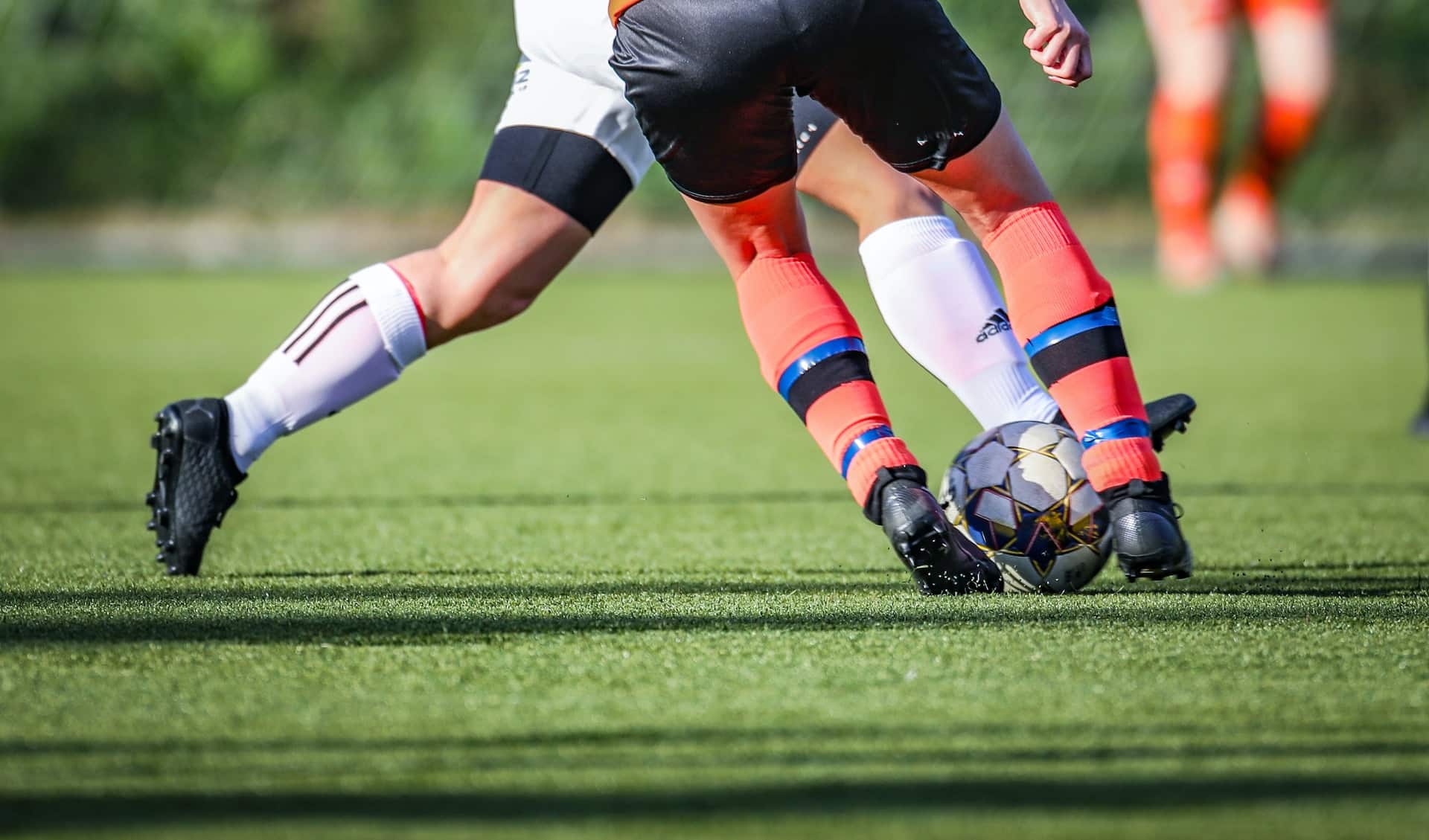Playing sports and engaging in recreation brings some risk of personal injury. This risk is heightened when playing contact sports like hockey, football and soccer. While serious injuries may be relatively uncommon, unfortunately, they happen along with minor wounds.
Do the normal rules of negligence apply to injuries suffered in sporting events, or is a deliberate intent to injure required to ground a claim for compensation? While much depends on the specific circumstances, you should always obtain specific advice from an experienced personal injury lawyer. However, this article presents some issues relating to sports liability law.
Personal injury victims may have a claim if they can prove the elements of negligence
Simply sustaining an injury does not necessarily mean that the victim has a right to receive compensation, even though they may be unable to work or perform their normal daily activities.
Normally in personal injury law, the basic principles of negligence apply. The injured plaintiff must show several things to establish a right to claim compensation from a wrongdoer. Specifically, they need to be able to prove that:
- The defendant owed the plaintiff a duty of care – they were under a legal obligation to exercise reasonable care, which often arises if it was reasonably foreseeable that their actions could harm the plaintiff.
- The defendant fell below the standard of care – they did not act as a reasonable person would have in the circumstances.
- The defendant’s breach of the standard of care caused the plaintiff’s injury.
However, these elements may be modified in a sporting context because participants take risks when playing sports. We look at two of these possible modifications below.
Claims against occupiers and the possible existence of waivers
Firstly, it is necessary to consider whether the injured participant signed a waiver or release or was otherwise warned of the risks inherent in the game. This is especially important in the context of claims against sports associations and venues, for example, if they have not taken reasonable precautions to prevent injuries caused by structures or equipment.
Such entities may be responsible under Alberta’s Occupiers’ Liability Act, which imposes a duty on property occupiers to ensure that visitors are safe. Importantly in a sporting context, an “occupier” is not simply the owner but a person who is in physical possession of premises or otherwise has responsibility for and control over the condition of premises, the activities conducted there, and the persons allowed to enter.
However, did the participant agree to something like a waiver of liability? Depending on the terms of the specific document, this may release the occupier from their duty of care and prevent a successful compensation claim. See our previous article on waivers for skiing and snowboarding.
Claims against other players – what is the standard of care?
Secondly, bringing a claim against another participant for causing the injury sustained may be possible. This raises the question of what standard of care should be applied – in other words, how careful do players need to be to avoid causing injury to others? The answer will likely differ depending on the sport and circumstances involved. While collisions might be parred for the course in hockey, they are much less likely in a 5-kilometre charity walking event.
This raises an important issue in a sports liability context – what level of risk of injury is inherently accepted by participants? If an injury is sustained because of normal and accepted practices in the particular sport, there is unlikely to be a successful compensation claim. For example, depending on the particular circumstances, getting hit in the face by a stray hockey stick or puck might be an inherent risk of playing hockey.
The “west coast” takes a different approach to other parts of Canada
Where does the law draw the line between risks accepted by players by participation and risks not accepted?
The Manitoba case of Agar v Canning awarded compensation to a hockey player that, after hooking the defendant with his stick, was whacked in the face by the defendant’s stick in retaliation. The court said:
“Each case must be decided on its own facts so it is difficult, if not impossible, to decide how the line is to be drawn in every circumstance. But injuries inflicted in circumstances which show a definite resolve to cause serious injury to another, even when there is provocation and in the heat of the game, should not fall within the scope of the implied consent.”
While this has been applied elsewhere in Canada, British Columbia courts have taken a different approach, requiring lesser culpability on the defendant’s part to ground a claim. Plaintiffs have only been required to establish carelessness to show a breach of the standard of care.
Contributory negligence – the injured participant may also be partially to blame
In Agar v Canning, the court reduced the amount of compensation by one-third to account for the plaintiff’s role in the incident that led to his injuries. This demonstrates another point – if an injured person’s conduct contributed to the situation, they might be found contributorily negligent.
Under the Alberta Contributory Negligence Act, courts need to determine the degree to which the plaintiff is at fault for their injuries and reduce the amount of compensation the defendant paid in proportion to their degree of fault.
Contact the Personal Injury Lawyers at Cuming & Gillespie LLP for Advice on Personal Injury Claims
If you have been injured in a sporting event, the personal injury lawyers at Cuming & Gillespie LLP in Calgary will advise you on your prospects of succeeding in a claim for compensation. We take the time to understand your personal circumstances and assess the options available to you. Please phone us at 403-571-0555 or contact us online to book an appointment for a free consultation.

